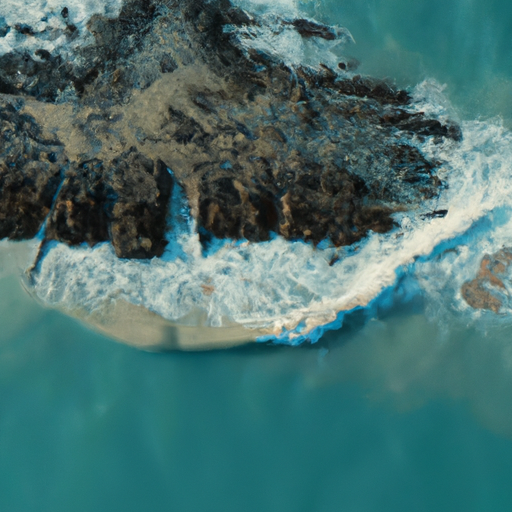-
Table of Contents
What is the biggest human impact on the ocean?

The ocean covers more than 70% of the Earth’s surface and plays a crucial role in regulating the planet’s climate, providing food and resources, and supporting a diverse range of marine life. However, human activities have had a significant impact on the ocean, leading to various environmental challenges. The biggest human impact on the ocean can be attributed to pollution, overfishing, and climate change.
Biggest Human Impact
One of the biggest human impacts on the ocean is pollution. Industrial and domestic waste, including plastics, chemicals, and oil spills, find their way into the ocean, causing severe damage to marine ecosystems. Plastic pollution, in particular, has become a global crisis. Millions of tons of plastic waste enter the ocean each year, harming marine life and disrupting the food chain.
Another significant human impact is overfishing. With the increasing demand for seafood, commercial fishing has intensified, leading to the depletion of fish stocks and the collapse of fisheries in many regions. Overfishing disrupts the balance of marine ecosystems, affecting not only the targeted species but also other marine organisms that depend on them for survival.
Climate change is also a major human impact on the ocean. Rising temperatures, ocean acidification, and sea-level rise are all consequences of climate change that have profound effects on marine life. Warmer ocean temperatures can lead to coral bleaching, causing the death of coral reefs, which are vital habitats for numerous marine species. Ocean acidification, caused by the absorption of excess carbon dioxide, threatens the survival of shell-forming organisms such as corals, oysters, and plankton.
Oceanic Ecosystem Threats
The human impact on the ocean has resulted in several threats to the oceanic ecosystem. One of the primary threats is the loss of biodiversity. Pollution, overfishing, and habitat destruction have led to the decline of many marine species. This loss of biodiversity not only disrupts the delicate balance of marine ecosystems but also affects the resilience and productivity of the ocean.
Another threat to the oceanic ecosystem is the destruction of coastal habitats. Coastal areas, such as mangroves, salt marshes, and seagrass beds, provide essential breeding grounds, nurseries, and feeding areas for numerous marine species. However, coastal development, pollution, and climate change have led to the degradation and loss of these habitats, resulting in the decline of many marine populations.
Furthermore, the introduction of invasive species poses a significant threat to the oceanic ecosystem. Invasive species can outcompete native species for resources, disrupt food chains, and alter habitats. Ballast water discharge from ships is a common pathway for the introduction of invasive species, which can have devastating effects on local marine ecosystems.
Sea Life Challenges
The biggest human impact on the ocean has created numerous challenges for sea life. One of the major challenges is the loss of habitat. Coral reefs, seagrass meadows, and mangrove forests are among the most productive and diverse marine habitats. However, these habitats are under threat due to pollution, coastal development, and climate change. The loss of habitat not only affects the species that rely on them but also reduces the overall productivity and resilience of the ocean.
Another challenge for sea life is the disruption of the food chain. Overfishing and the decline of certain species can lead to imbalances in the food web, affecting the entire ecosystem. For example, the overfishing of large predatory fish can result in an increase in smaller fish populations, leading to a cascade effect throughout the food chain.
Additionally, the accumulation of plastic waste in the ocean poses a significant challenge for sea life. Marine animals often mistake plastic debris for food, leading to ingestion and entanglement. This can cause injury, suffocation, and even death. The presence of plastic particles in the ocean also poses a threat to smaller marine organisms, such as plankton, which form the base of the marine food chain.
- Plastic pollution: Millions of tons of plastic waste enter the ocean each year, harming marine life and disrupting the food chain.
- Overfishing: Commercial fishing has intensified, leading to the depletion of fish stocks and the collapse of fisheries in many regions.
- Climate change: Rising temperatures, ocean acidification, and sea-level rise are consequences of climate change that have profound effects on marine life.
In conclusion, the biggest human impact on the ocean is a combination of pollution, overfishing, and climate change. These activities have led to the degradation of marine ecosystems, loss of biodiversity, and numerous challenges for sea life. It is crucial for individuals, communities, and governments to take action to mitigate these impacts and protect the health and sustainability of the ocean for future generations.